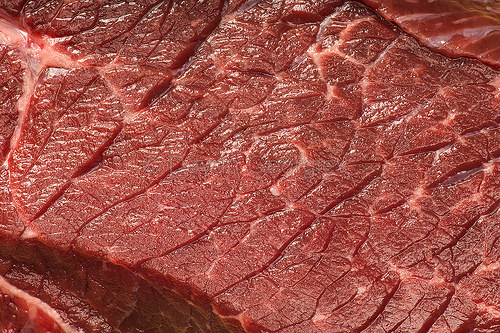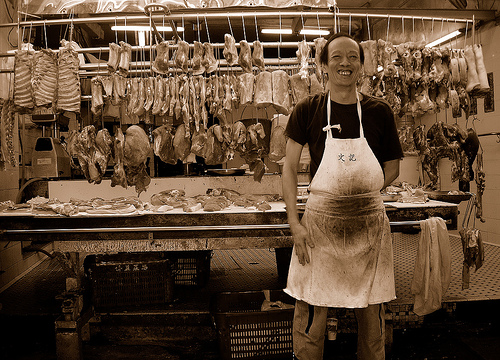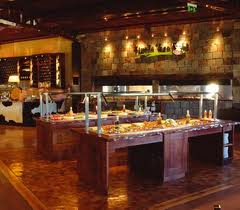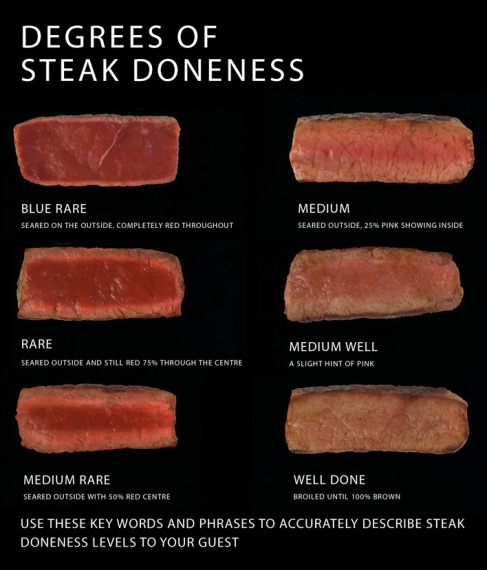No hay duda de que comer carne es casi una religión en la Argentina, que desde luego posee muchísimos seguidores de la causa. Con un encuentro tan espiritual como el del Asado Argentino, en el que familia y amigos se reúnen para rendir culto a los sabrosos cortes de carne a la parrilla, es normal pensar en este ritual como ir a rezar en grupo como sucede en tantas culturas. Pero cuando se trata de los hechos aún más concretos… ¿Cuánta carne comen los argentinos en comparación a otros países? Especialmente si lo comparamos directamente con sus países vecinos, Brazil y Uruguay, considerados amantes furiosos de la carne ¿Cuál será el resultado?

¡¡¡¡CARNEEEEEEEEEEEEEE!!!! Photo Credit: deyan_georgiev via Compfight cc
Bueno… ¡La verdad es realmente interesante!
No es una gran sorpresa que Argentina ocupe el 5º puesto como entre los más grandes consumidores de carne en el mundo con 2.620.000 KG de consumo anual (2014). Lejos de los EEUU, Brasil, la Unión Europea y China. Después de todo Argentina tiene apenas 1/4 de la población del más chico de estos cuatro. Ni siquiera los 43 millones de argentinos podrían competir con los cerca de 1.400.000 millones de chinos o 320 millones de estadounidenses.

Un carnicero en Hong Kong. ¡¡¡Felíz!!! Photo Credit: Christina Lutze via Compfight cc
Pero cuando hablamos del consumo por persona,el famoso conteo per capita, ahí Argentina se destaca con un segundo puesto a nivel mundial con una ingesta de 96,95 KG de carne por argentino. Entonces…Si Argentina es el segundo ¿Cuál es el primero? No creo que hubieran podido adivinar, ya que es Hong Kong!!! Allá es el puro Carpe Diem cuando se trata de comer carne, pareciera que no hay mañana cuando se trata de ello. Cada habitante estaría comiendo unos 123,51 KG al año. Comen 26,5 kg más al año que que cada argentino, increible!!! Sólo después llega Uruguay, que cada vez se asoma más a los argentinos, son pocos pero comen muchísima carne: 81,59 Kg por persona al año. Por el lado de Brasil, el total es de 60.40 KG per capita.
Información obtenida a través de http://beef2live.com/























